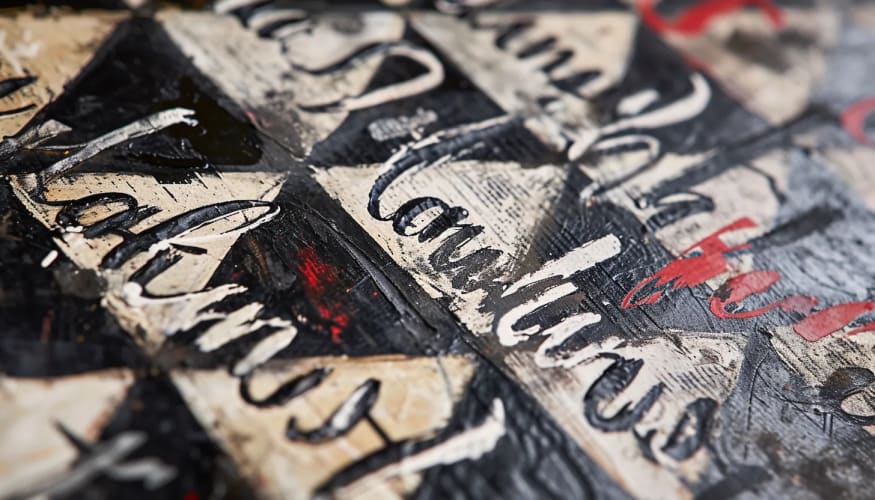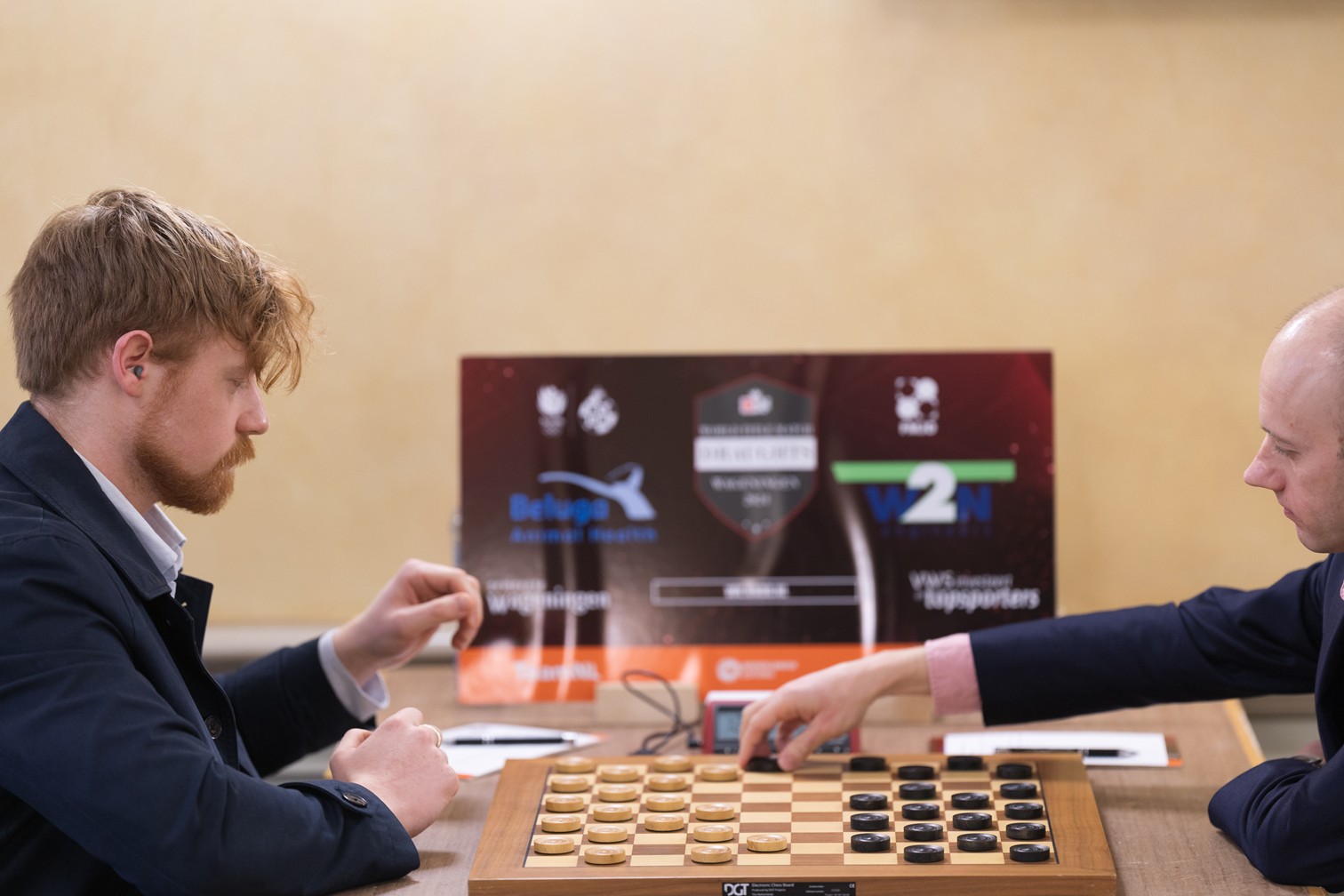The tenth game went well, but the classical development didn’t go quite as I had imagined. In the end, Anikeev made two or three poor decisions, but none of them were nearly bad enough to affect the final outcome. I gained an advantage, but even if I had spotted my best opportunity on move 46, the position would still have been defensible. All in all, a good game, with reasonable pressure. He couldn’t have anticipated everything in advance; I had the feeling he was somewhat lucky that the position after 45...13x33 wasn’t worse than it eventually turned out to be.
Before the eleventh game, we got together again, and the logical first question was: do we want to repeat the Keller with White? That wouldn’t have been without risk, of course—there was a good chance that Anikeev and/or his team had studied the line and would have the best reply ready. We looked at some other possibilities within the Keller, but in the end I decided not to go for it. So what then? Again we went through almost everything, but I remember being very critical and often encountering positions I didn’t like. Maybe I was a bit too critical... In any case, it meant we couldn’t really come up with a clear plan. At some point, just to wrap up the meeting, I suggested simply repeating the classical line from the fifth game as a backup. I really couldn’t come up with anything else I felt more comfortable with.
That evening, after our meeting, I went over a few small ideas because something had popped into my head right after we’d finished. I briefly checked them with the computer to see if any sharp lines would leave me in a bad spot, but that turned out not to be the case.
The next morning, over breakfast, I presented it to Rik Keurentjes, who immediately brought in the rest of the team to hear their thoughts. Everyone was actually quite positive, and I had found a nice line to offer him something different in the opening. New round, new chances!

